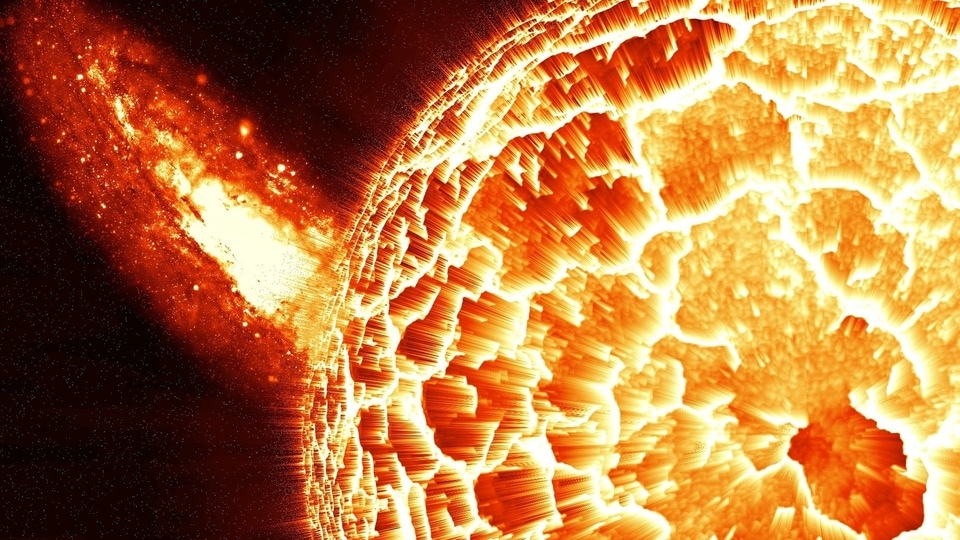Solar storm alert! Giant sunspot set to explode, shoot scary solar flares towards Earth
NOAA reports that a sunspot AR3112 is set to explode and cause M-class solar flares to erupt. The resultant solar storm can hit the Earth tomorrow.
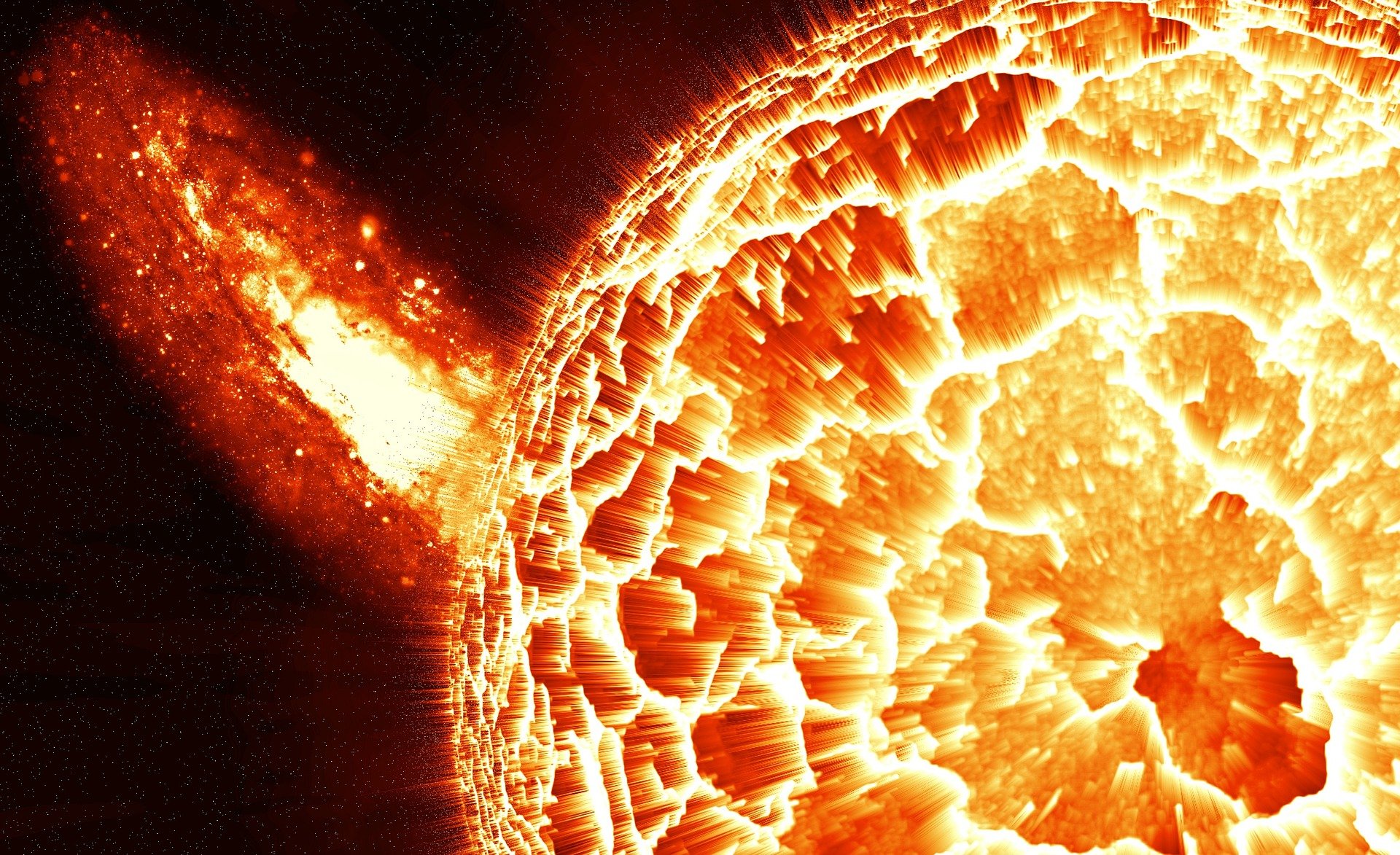
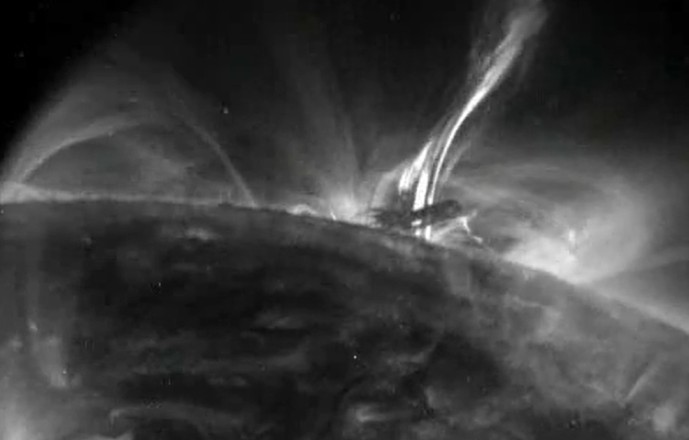
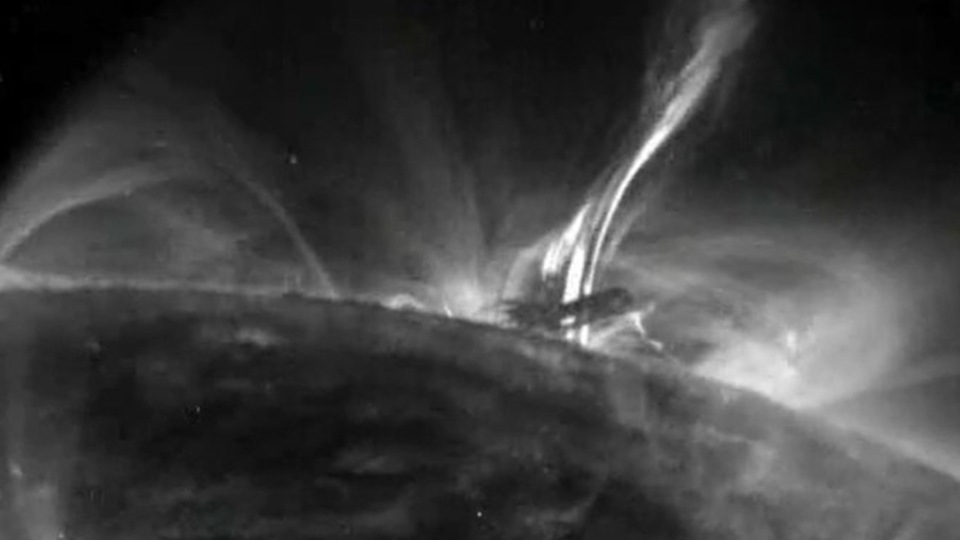
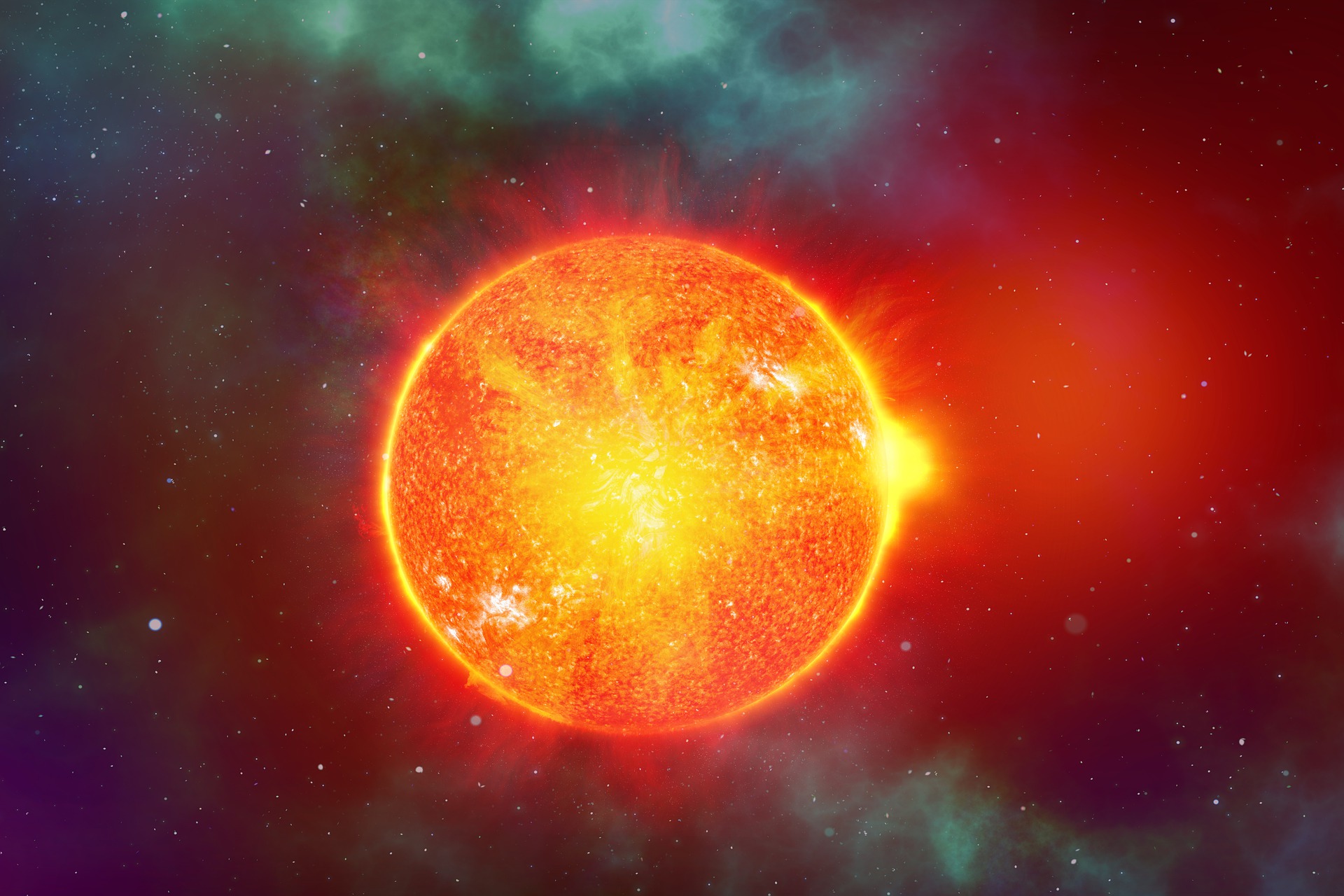
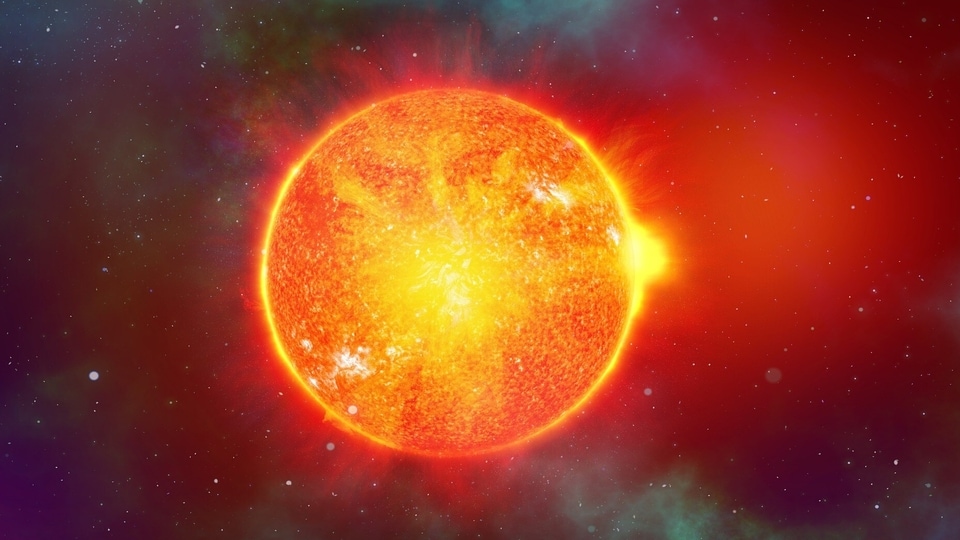




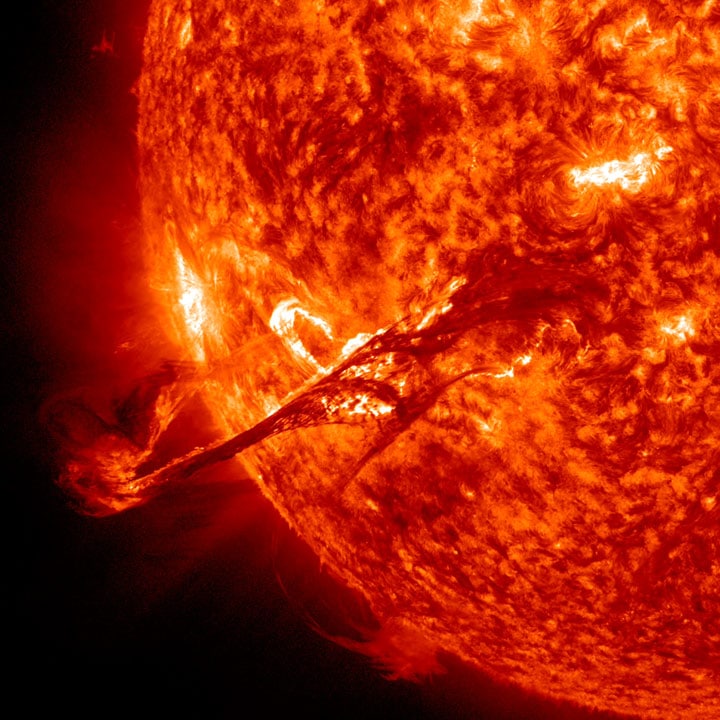

First Published Date: 13 Oct, 12:03 IST
NEXT ARTICLE BEGINS




